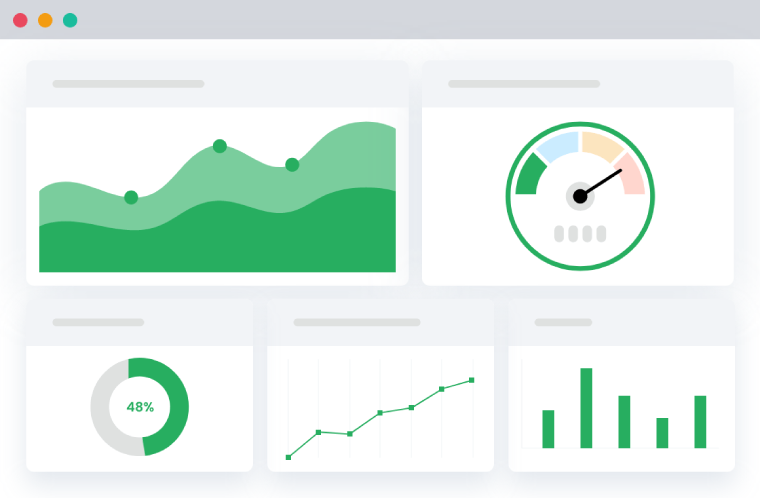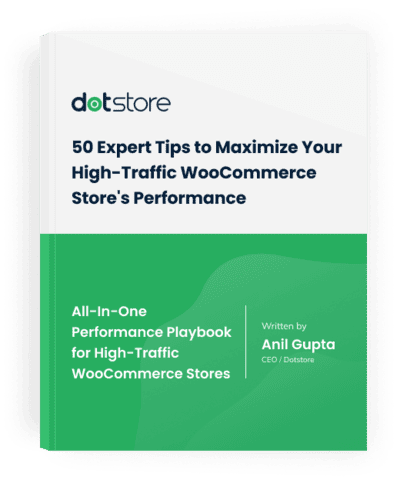Table of Contents
In today’s dynamic digital age, people often turn to trusted voices on social media for product recommendations and reviews. This has given rise to influencer marketing, where brands collaborate with influential individuals to reach and engage with their audience.
Leveraging this marketing strategy can be particularly potent in the ecommerce sector, where reaching the target audience at just the right moment can make all the difference between a browser and a paying customer.
However, building an effective influencer marketing campaign is no easy feat. It requires strategic planning, careful selection of influencers, and diligent management of the campaign.
This guide aims to provide an in-depth understanding of influencer marketing, its potential benefits, strategies for implementation, successful case studies, and potential challenges. By the end of this guide, you should have a robust understanding of how to create an effective influencer marketing campaign that drives ecommerce growth. Let’s delve right in.
The Role of Influencers in Ecommerce
Influencers are individuals who have established credibility in a specific niche and can persuade others due to their authenticity and reach. Their role in ecommerce is multifaceted and goes beyond simple product endorsement.
Influencers’ personal connection with their audience is a major asset in the realm of ecommerce. They interact regularly with their followers, who often regard them as peers or virtual friends. This connection fosters trust and likability, and ecommerce businesses can leverage it to reach potential customers who are more likely to listen to their “friend’s” recommendations.
Expertise and credibility also set influencers apart. These individuals have often spent years building an audience by consistently providing valuable, high-quality content in their niche. This establishes influencers as thought leaders in their field, and their followers highly regard their recommendations.
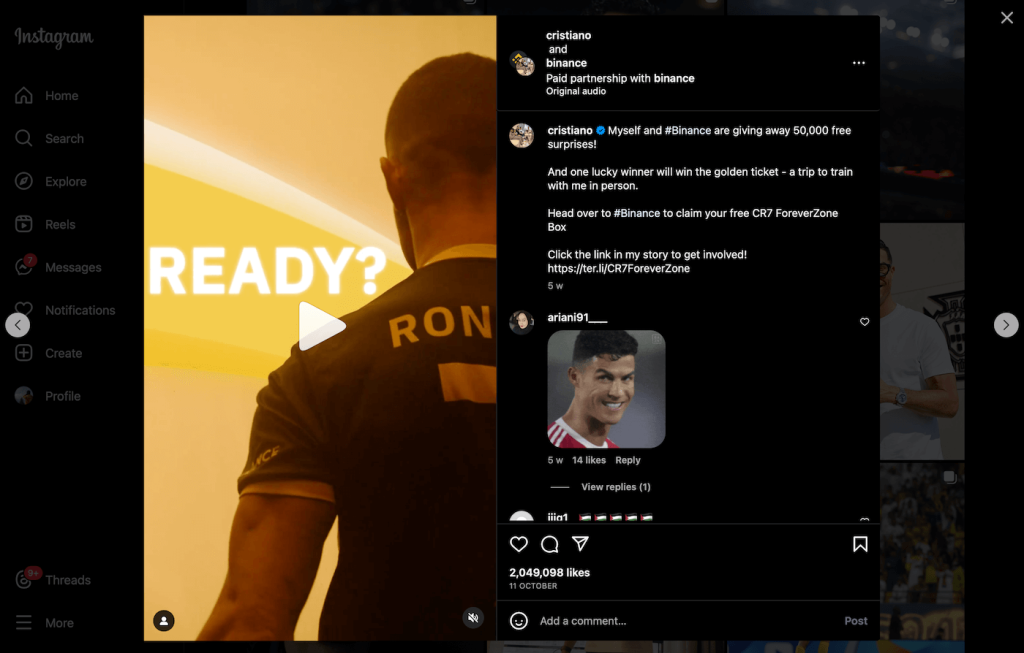
One of influencers’ most potent roles is their ability to drive purchasing decisions. A compelling post shared by an influencer can create a strong desire among followers to own the featured product.
It could be a beautifully styled photo of a decor piece, a demo of how a tech gadget operates, or a transformation video utilizing a skincare product. These well-curated posts grab followers’ attention and create an urge for ownership, resulting in purchase decisions.
Understanding Influencer Marketing
Influencer marketing is a form of social media marketing that leverages endorsements and product mentions from influencers–individuals who have a dedicated social following and are viewed as experts in their niche. Influencer marketing not just works because of the influencer’s reach but, more importantly, because of the trust they’ve built with their audience.

The impact of influencer marketing on sales and growth is profound. When credible influencers endorse a product, it rouses the interest of their followers, leading to increased website traffic and higher conversion rates. Additionally, influencers’ content can generate substantial brand exposure and recognition, enabling ecommerce businesses to reach a broader audience.
Moreover, the user-generated content in the form of reviews and testimonies, essentially led by influencers, adds a layer of authenticity to the brand image. This not only adds a real-life perspective to your offering but also encourages potential buyers who frequently seek authentic reviews before purchasing.
As a result, influencer marketing becomes a vital driver propelling ecommerce sales and growth.
How Influencer Marketing Strategy Works?
There’s much more to an effective influencer marketing strategy than just partnering with a popular face and hoping for the best. A successful influencer marketing campaign is a thought-through process that aims to create an authentic connection between the brand, the influencer, and the audience.
In its initial stages, an influencer marketing strategy identifies the right influencers to partner with. This step is crucial as the brand-influencer fit sets the tonality for the entire campaign.
The selected influencers should resonate with the brand’s messaging and aesthetics, have a follower base that matches the brand’s target audience, and have a mood that amplifies the essence of the product or service being promoted.

Post identification comes with the step of creating synergetic content campaigns. Brands must collaborate with influencers to design campaigns that align with the brand’s goals while providing value to the influencer’s audience.
Be it through creative product reviews, pensively crafted sponsored content, or exciting giveaways and contests – the ultimate aim is to promote the brand’s offerings in a way that feels natural and significant to the audience.
Lastly, evaluation forms a critical part of the influencer marketing strategy. Brands need to monitor the performance of their influencer campaigns continuously. Unique identifiers, such as UTM parameters and promotional codes, along with engagement and conversion metrics, can help brands assess the impact of each campaign. This data not only measures the return on investment but also provides insights for future campaign strategy and budget allocation.
Types of Influencer Marketing Campaigns for Ecommerce
Influencer marketing can take many forms, particularly in the ecommerce landscape. The type of campaign you choose will largely depend on your specific objectives, the product or service you are promoting, and the influencer’s audience.
Below are some of the most effective types of influencer marketing campaigns to consider when aiming to drive ecommerce growth.
1. Product Reviews and Tutorials
Influencers can provide honest opinions about your product through a review, tutorial, or how-to guide. This not only showcases the product in a real-world context but also builds trust among the influencer’s audience on its usability and benefits.
For instance, beauty influencers often showcase makeup tutorials using specific brands, while tech influencers can review the latest gadgets or software.
2. Sponsored Content
In this type of campaign, brands pay influencers to create content that subtly integrates their product or service. The content should be a natural fit into the influencer’s regular posts and might include but is not limited to, product photos, videos, blog posts, or social media updates.
The key here is ensuring the promotional content aligns with the influencer’s usual content style, ensuring that it neither seems forceful nor out of place.
3. Giveaways and Contests
Brands can collaborate with influencers to conduct giveaways or competitions, where the followers can participate to win a product or service. This type of campaign typically requires users to act like liking the post, following the brand, or tagging friends.

Not only can this increase brand exposure and engagement, but it also can lead to a direct increase in followers and potential customers.
4. Affiliate Marketing
Brands can establish an affiliate relationship with influencers, allowing them to earn a commission for each sale or conversion resulting from their promotion.
Influencers can use a unique link or discount code to track sales from their recommendation. This type of campaign is a win-win situation, providing monetary benefit to the influencer and securing sales and customer acquisition for the brand.
Enhanced Ecommerce Tracking
Leverage the power of analytics to boost your store’s performance and maximize profits.
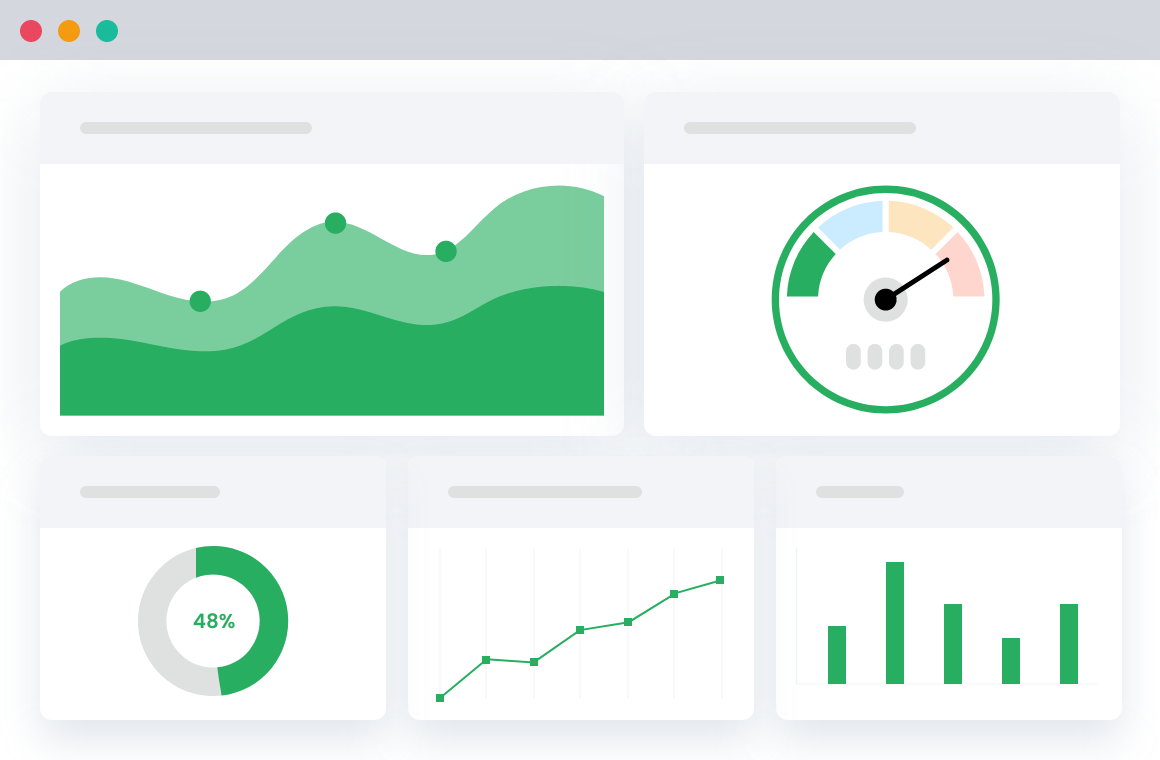
Strategies for Implementing Influencer Marketing Campaigns
While influencers hold the potential to unlock massive growth for your ecommerce business, figuring out how best to tap into this resource can be quite a challenging task. It requires careful strategy and meticulous planning to ensure that influencer marketing campaigns live up to their potential.
Here are some key strategies to consider when implementing your influencer marketing campaign.
Identifying the Right Influencers
Simply put, not all influencers are created equal. The right influencer for your brand will depend on a multitude of factors, including their relevance to your product or service, the engagement of their audience, their online reputation, and the demographic of their followers.

Potential brand influencers can be discovered through manual searches or with the help of influencer marketing platforms. It’s crucial to take your time at this stage to find influencers that align with your brand image, values, and target audience.
Aligning Influencer Marketing with Overall Marketing Strategy
Influencer marketing should not exist in isolation; it should be a part of your comprehensive marketing strategy.
Aligning your influencer marketing goals with your overall objectives helps create cohesion and synergy. Whether your goal is increasing brand awareness, driving website traffic, or stimulating sales, ensure your influencer marketing budget content reflects it.
Building Long-term Relationships with Influencers
Rather than viewing influencers as one-off promotional tools, consider them as brand ambassadors and cultivate long-term relationships. This allows the influencer to understand your brand better, which can translate into more authentic, effective promotions.
A consistent association with a specific social media influencer can also lead to better brand recall among the audience.
Evaluating the Success of Influencer Campaigns
To gauge the effectiveness of your influencer marketing campaigns, measuring and evaluating their performance regularly is essential. Track metrics like reach, impressions, engagement, and conversion to better understand your campaigns’ impact.
Consider employing tools to track KPIs and implement tracking codes to measure referred traffic and conversions. Continuous evaluation allows you to optimize your strategy and maximize your return on investment.
How to Track Influencer Marketing Campaigns?
Monitoring the success of influencer marketing campaigns is crucial for making data-driven decisions and assessing the return (ROI).

Here are some ways to track the performance of influencer marketing initiatives:
- Unique URLs and Promo Codes: Generate campaign-specific URLs or promo codes for each influencer, making it easier to track the referrals and sales generated by each collaboration.
- UTM Parameters: Add UTM parameters to your campaign links to trace the traffic source referred by influencers. This will help understand each influencer’s overall performance, specific content, and ad campaigns within Google Analytics.
- Social Media Metrics: Analyze metrics such as impressions, likes, comments, shares, and saves to evaluate the level of engagement and reach generated by the campaign. Consider using a social media analytics tool to gather detailed insights.
- Conversion Rate: Measure how many users, driven by the influencer’s content, completed the desired action (e.g., product purchase, sign-up, or download). High conversion rates indicate strong influencer-brand fit and effective campaign execution.
Case Studies of Successful Influencer Marketing
Influencer marketing has been pivotal in driving the success of numerous ecommerce brands. To better understand its effectiveness, look at a few case studies where influencer marketing was key in boosting ecommerce sales and growth.
1. Daniel Wellington
One of the most famous examples of successful influencer marketing campaigns is the Swedish watch brand Daniel Wellington. The brand initiated an influencer campaign titled #DanielWellington, encouraging influencers to showcase their watches in posts. This campaign resulted in over 1.2 million user-generated posts under the hashtag.
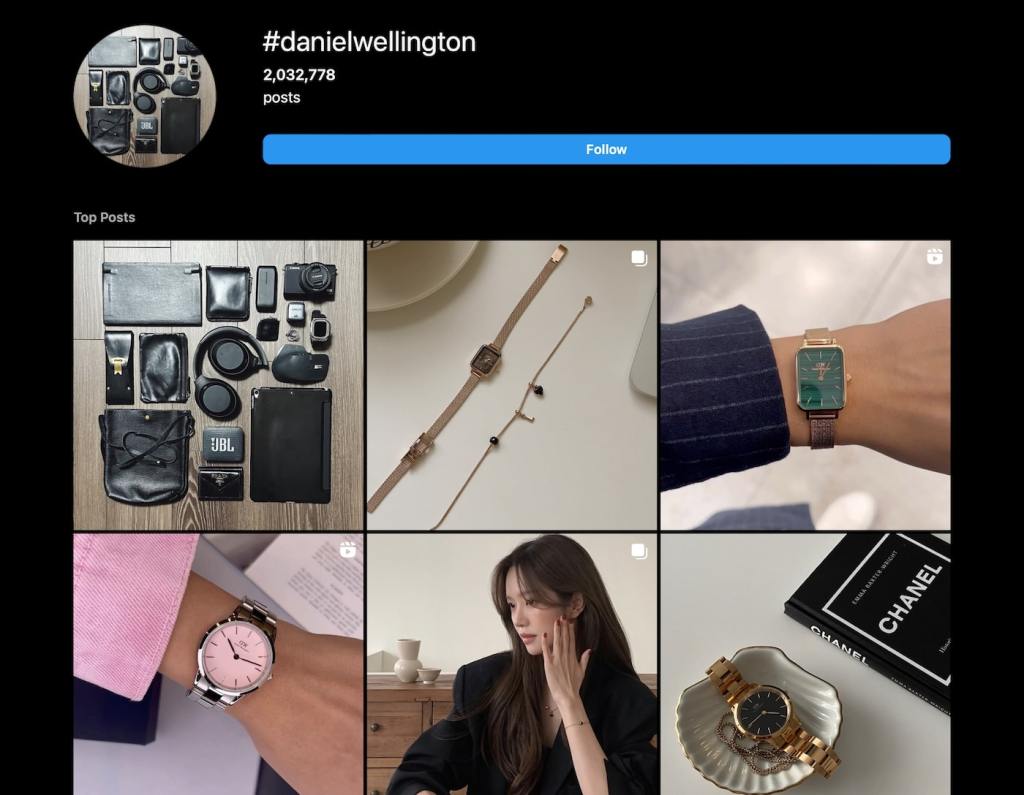
The brand’s influencer strategy significantly boosted its growth, making it a go-to brand for stylish timepieces.
2. FabFitFun
Known for its subscription box service, FabFitFun collaborated with a slew of influencers, including celebrities like Khloe Kardashian. Influencers shared unboxing videos and posts, thereby creating buzz around the brand. This micro-influencer strategy helped the brand increase awareness and drive customer curiosity and subscription rates, thereby boosting sales.
3. Glossier
A beauty brand that has grown predominantly through influencer marketing is Glossier. Glossier has created a trusted and credible brand image by engaging with beauty influencers who inherently align with their products.
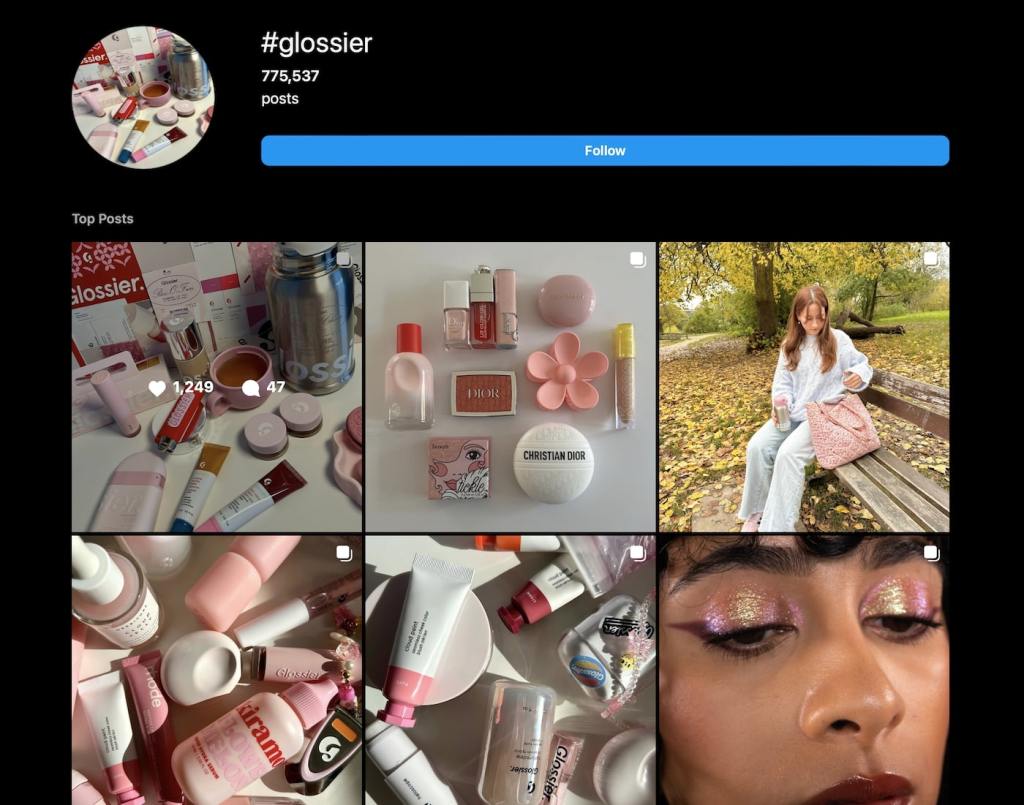
Each influencer endorsement acted as an authentic vote of confidence, significantly increasing brand for credibility and customer conversions.
These case studies make it abundantly clear that, when executed correctly, influencer marketing can help push ecommerce brands into the realm of explosively successful growth. It provides an authentic avenue for brands to connect with potential customers, increase brand awareness, and in turn, drive ecommerce sales.
Potential Challenges and Solutions in Influencer Marketing
Though the benefits of an influencer marketing platform are plentiful, it is also not without its challenges. Awareness and navigation of these hurdles form a vital part of a successful influencer marketing strategy. Here are some potential challenges and their solutions:
1. Realistic Budgeting for Campaigns
Finding the right balance between the campaign budget and expected results can be challenging for ecommerce businesses.
Solution: Instead of fixating on large-scale influencer collaborations, consider partnering with micro or nano influencers. They usually have a smaller but more engaged follower base, which can lead to higher ROI.
Moreover, allocate a portion of the budget for experimentation to test different influencer marketing tools and strategies before committing to more extensive campaigns.
2. Choosing the Right Social Media Platforms
Selecting the most appropriate platform(s) for social media influencers campaign can be daunting, given the wide variety of options available.
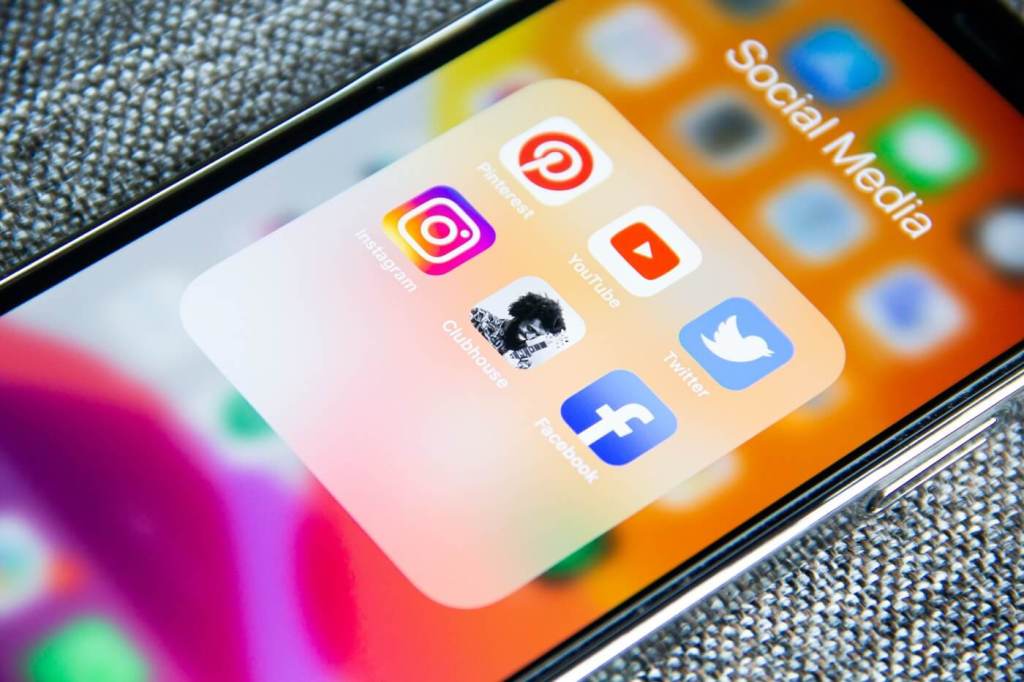
Solution: Research your target audience to identify which platforms they frequent and analyze where your product or service will most likely gain traction. Factors such as audience age, interests, and sales funnel stage can help guide the decision-making process.
3. Maintaining Authenticity and Trust
Retaining the influencer’s authenticity while fulfilling the brand’s promotional objectives can be challenging, especially given the risk of losing audience trust.
Solution: Select influencers with similar values and aesthetic preferences to minimize conflicts of interest. Encourage influencers to create content that aligns with their voice and style while providing clear guidelines on campaign objectives and desired outcomes.
Additionally, focus on long-term partnerships to foster trust and credibility among both influencers and their audiences.
4. Aligning with Influencer’s Values
An influencer whose values don’t align with your brand’s can send mixed signals to the audience, potentially damaging your brand image.
Solution: Research potential influencers thoroughly before initiating a partnership. Look into their previous content, partnerships, and audience interactions to get a sense of their values and approach.
5. Measuring Return on Investment (ROI)
Determining the success of an influencer marketing campaign can be complex, particularly when it comes to calculating ROI.
Solution: Establish clear Key Performance Indicators (KPIs) at the outset of your campaign. These could include metrics like engagement rates, click-throughs, conversions, or sales attributed to influencer posts. Use unique tracking links or promo codes to connect sales to specific influencers directly.
6. Lack of Creative Control
Brands often worry about losing control of their messaging when collaborating with influencers.
Solution: Develop a strong brief that clearly outlines your campaign expectations, goals and brand guidelines but also provides influencers with the creative freedom to share your product in a way that resonates with their audience. This balance ensures your brand message is conveyed while also creating authentic content that won’t alienate the influencer’s followers.
7. Dependence on a Single Influencer
Relying on a single influencer can lead to challenges if they decide to part ways, or if their image becomes tarnished.
Solution: Diversify your influencers. Partner with multiple influencers across different platforms to reduce dependence on any one influencer. This not only safeguards against potential issues with a single influencer but also provides access to macro influencers and a wider audience.
Final Words!
Influencer marketing has become a cornerstone in today’s ecommerce landscape. With an innate ability to penetrate audience defenses against conventional advertisement, influencers offer brands a portal of trust to reach potential customers.
As illustrated throughout the article, effective influencer marketing strategies amplify brand awareness, enhance brand image, and propel ecommerce sales and growth.
Looking ahead, the trends in influencer marketing show a promising future. The rise of nano and micro-influencers and advanced analytical tools allow for more targeted and result-oriented campaigns. Much emphasis is also being placed on long-term influencer partnerships, emphasizing the transition from ‘transactional’ to ‘relational’ campaigns.
Overall, influencer marketing continues to revolutionize the digital marketplace, creating expansive growth opportunities for ecommerce.
FAQs
What does an influencer marketing do?
Influencer marketing is a strategy that involves collaborating with individuals who have a strong online presence and influence over potential customers. It harnesses the influencer’s credibility, authenticity, and audience reach to promote a brand’s product or services and drive ecommerce growth.
Does influencer marketing still work?
Absolutely. The power of mega influencers marketing lies in its ability to tap into community trust and create authentic connections with potential customers. As long as influencers remain relevant and trusted voices within their communities, influencer marketing will continue to be an effective strategy.
How much money is spent on influencer marketing?
It is estimated that the influencer marketing industry will be worth $13.8 billion in 2021, according to a report by Influencer Marketing Hub. However, the expenditure of influencer marketing budgets varies from one brand to another, based on campaign objectives, the influencer’s follower count, and other factors.
What do influencer marketers do?
Influencer marketers identify suitable influencers for a brand, negotiate terms of engagement, handle campaign management, and analyze the impact of influencer campaigns. Essentially, they act as the catalyst between a brand and an influencer, ensuring that both parties achieve their objectives.
What is the influencer marketing method?
The influencer marketing efforts involves teaming up with influencers to promote a brand’s products or services. It includes identifying the right influencers, crafting strategic campaigns, managing relationships with influencers, tracking campaign performance, and adjusting strategies based on data-driven results.
How is influencer marketing paid?
Influencer marketing can be paid in various ways. Some common methods include direct payments for each post, product gifting, revenue-sharing through affiliate programs, or other perks like free trips or event tickets. The exact payment method often depends on the brand’s budget, the influencer’s reach and engagement levels, and the specifics of the campaign.
Enhanced Ecommerce Tracking
Leverage the power of analytics to boost your store’s performance and maximize profits.

